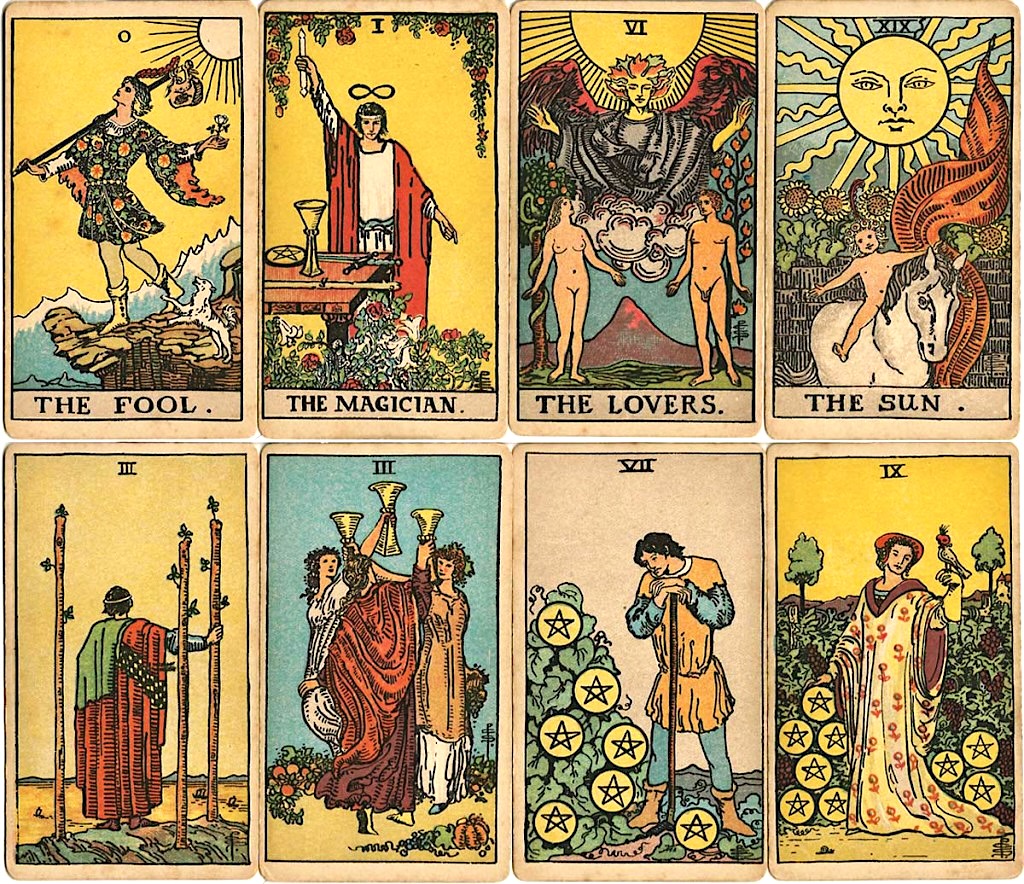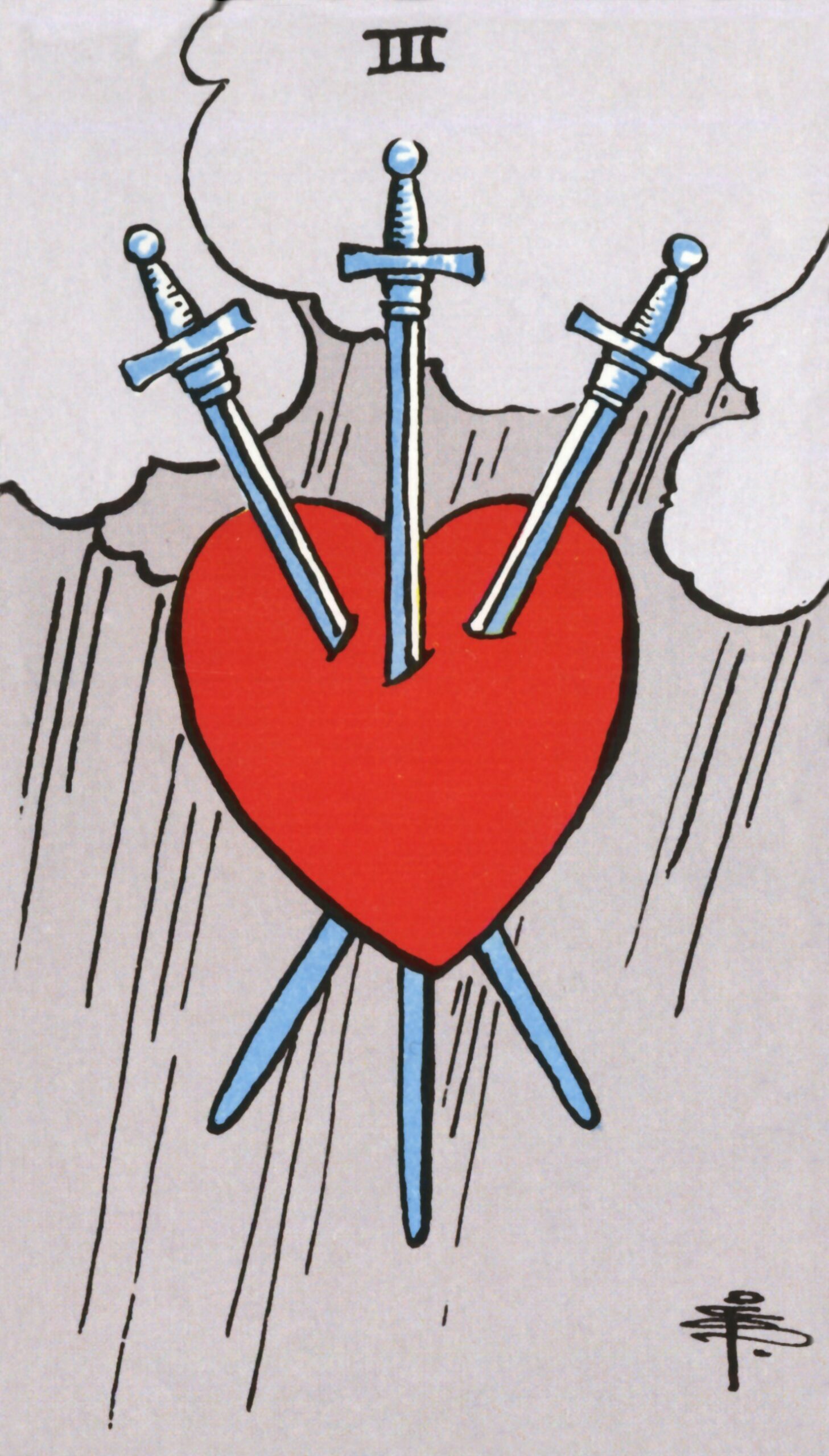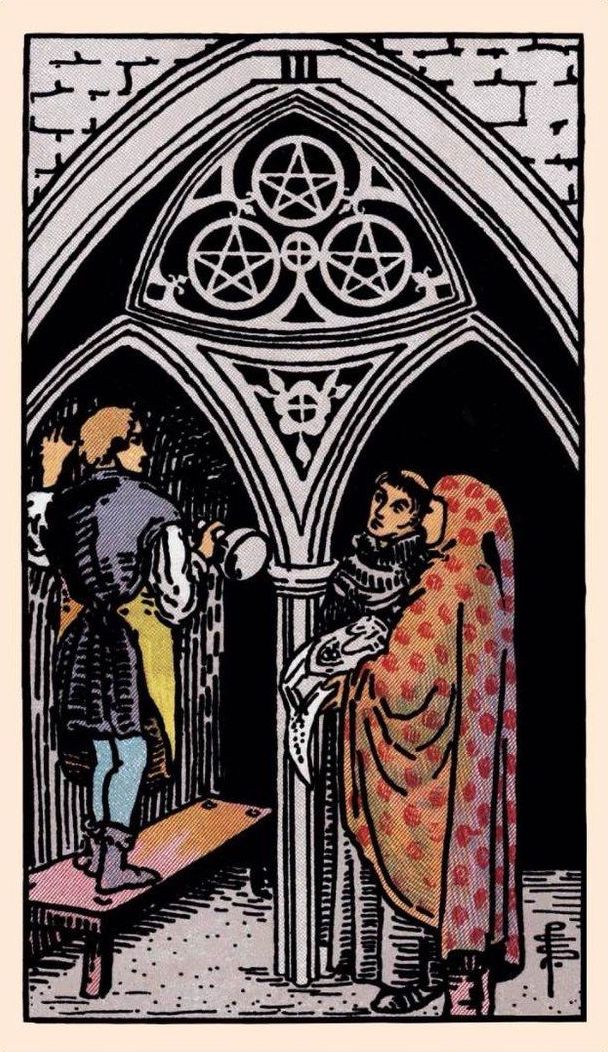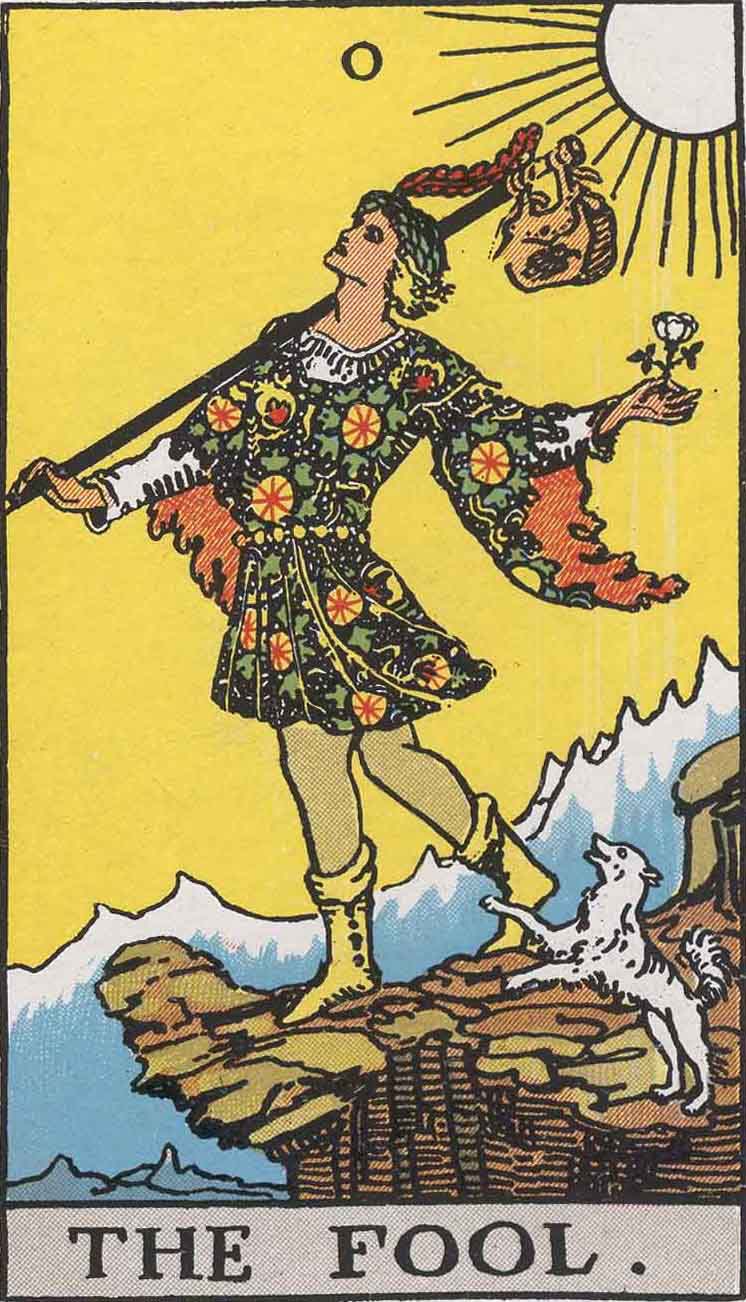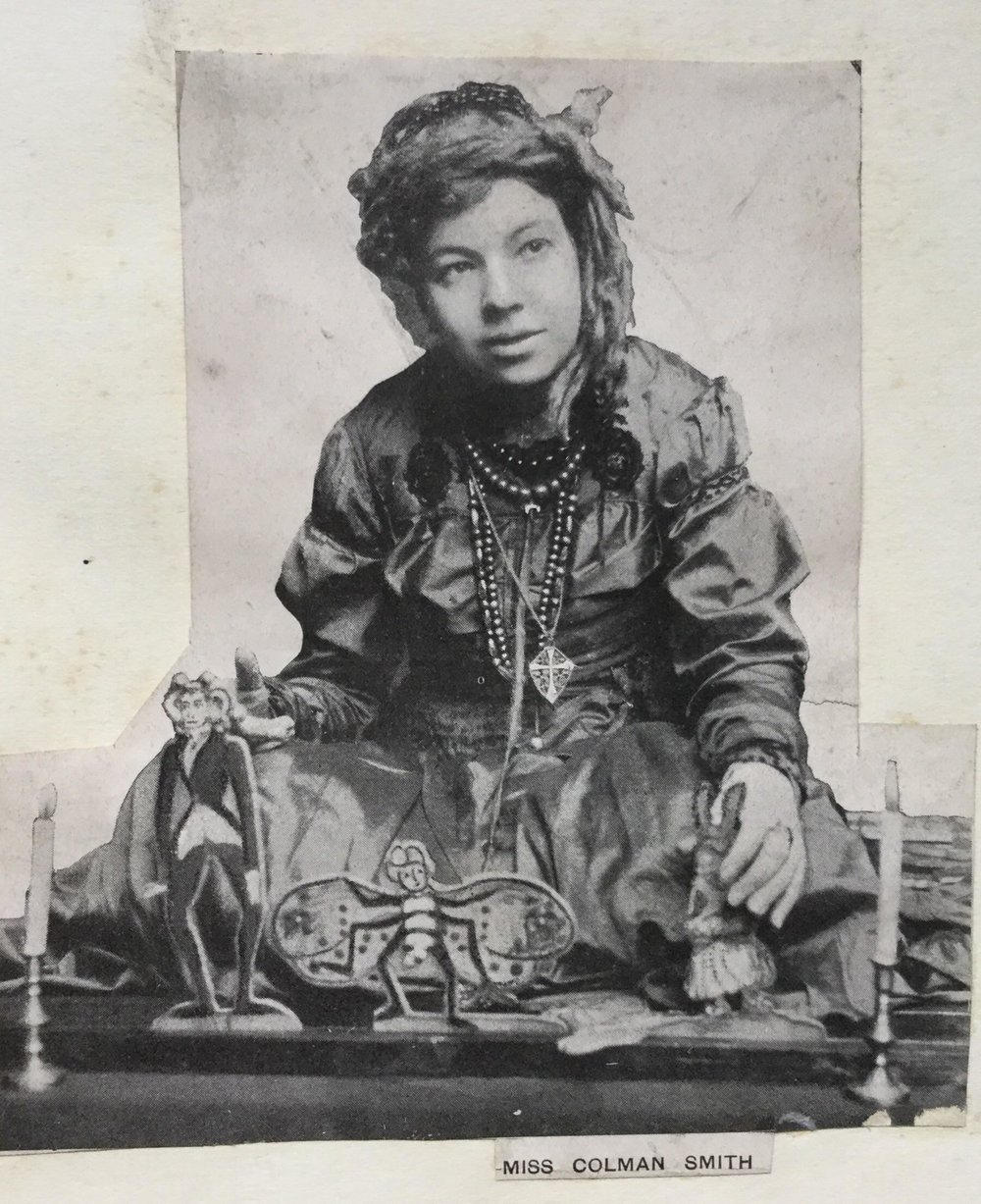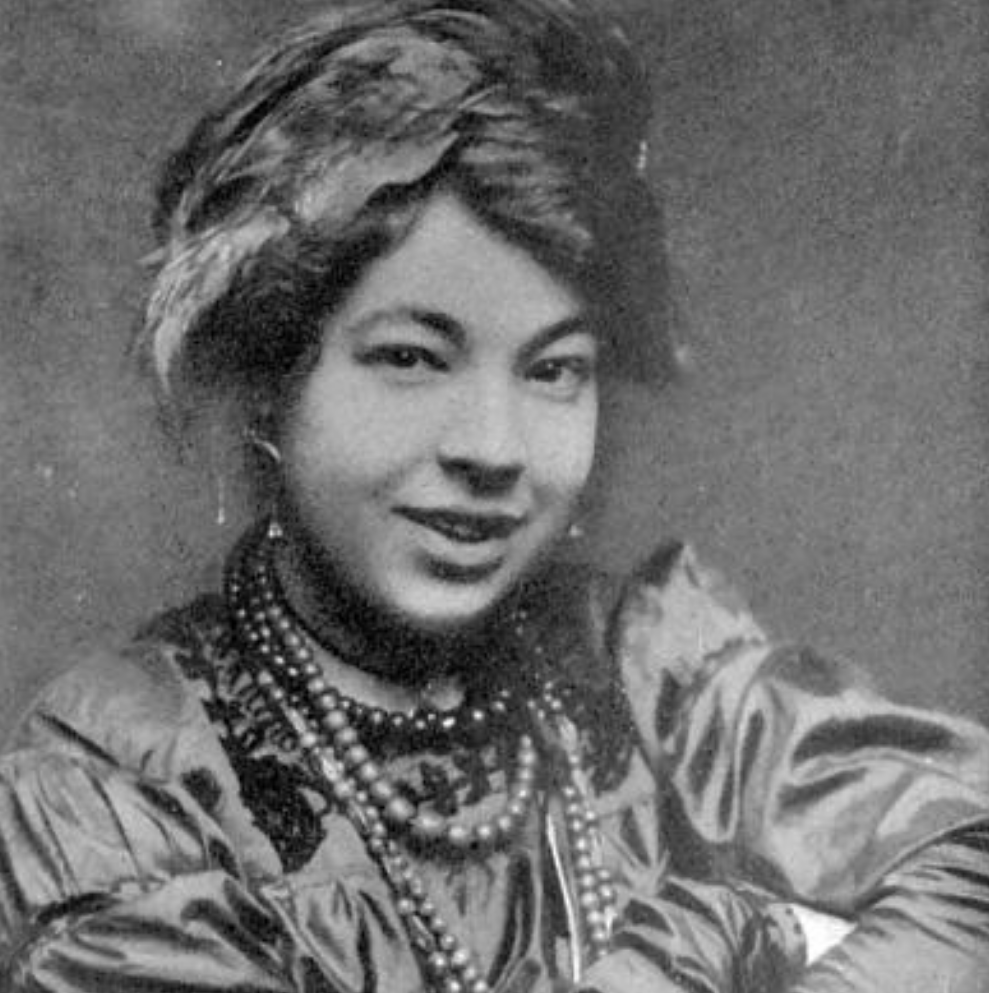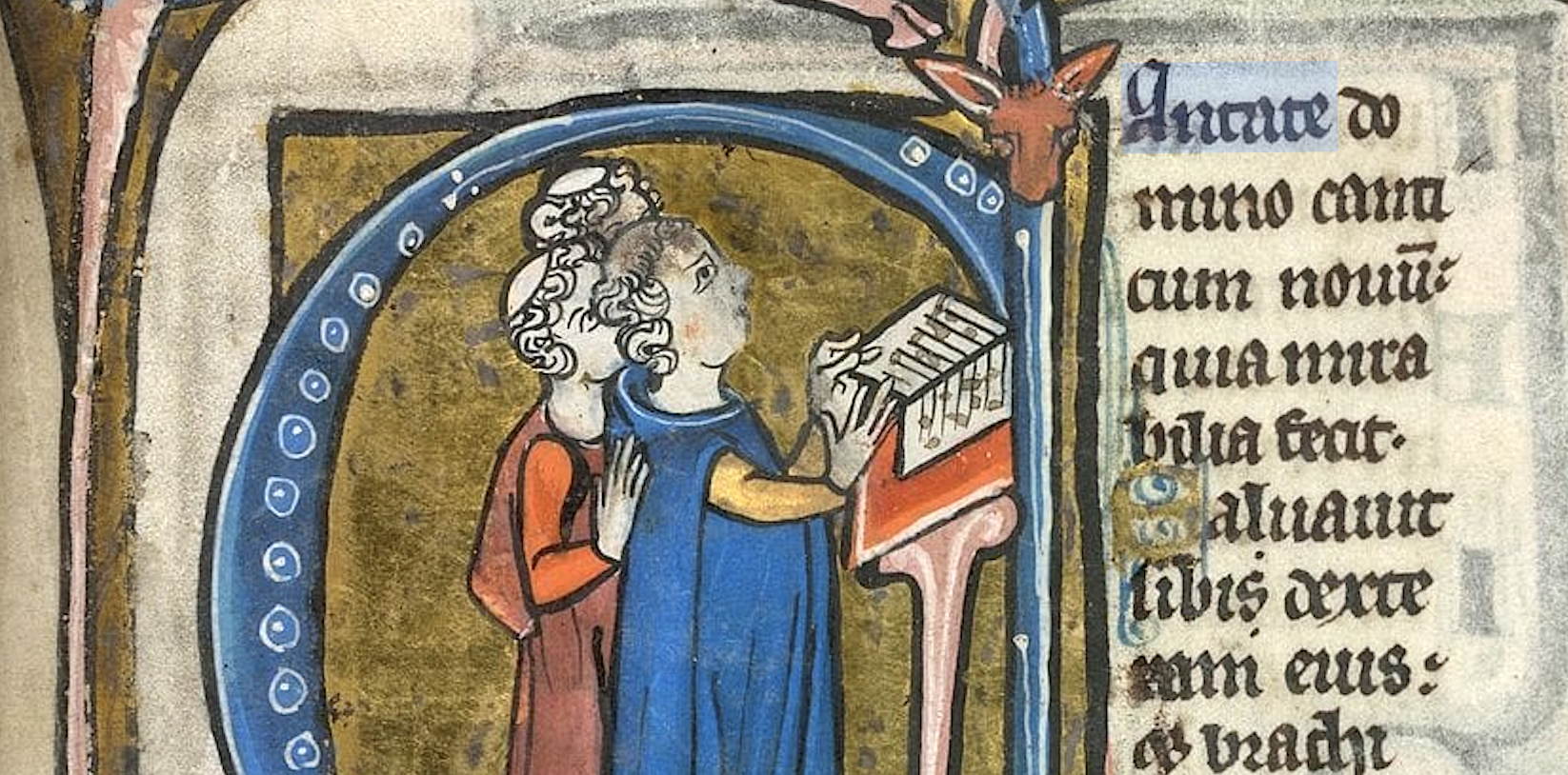It would be impossible to understand Western civilization without understanding the history of Christianity. But in order to do that, it may serve us well to think of it as the history of Christianities, plural. So suggests Hochelaga creator Tommie Trelawny in the new video above, which explains the Gnostic Gospels, the “forbidden teachings of Jesus.” As a system of beliefs, Gnosticism is a fairly far cry from the mainstream forms of Christianity with which most of us are familiar today. But its surviving texts may sound uncannily familiar, despite also involving outlandish-sounding elements that seem to belong to another civilization entirely. Gnostic teachings have long been considered heresy by Christians, but do they really represent just a different evolutionary branch of the faith: another Christianity?
Religious scholars of many stripes have concerned themselves with few matters as intensively as they have with theodicy, that is, the matter of how to square the notion of a good, omnipotent deity with the obvious existence of evil down here in the world. Since its loose coalition of beliefs came together in the late first century, Gnosticism has proposed an elegant solution: that the deity is not, in fact, good, or rather, that under the transcendent, unknowable God is a much more poorly behaved “demiurge” who displays an indifference, at best, to the lot of humanity. In this view, our resulting world is less a perfect creation than a cosmic mistake — a proposition that would account for certain of its qualities we experience on the day-to-day level, even if we have no particular religious proclivities.
Thanks to the discovery of Egypt’s Nag Hammadi library in 1945, we can directly access many of the teachings of the so-called “Gnostic Gospels.” They tell us, to make a few grand simplifications, that our reality is illusory and that we can only come to grasp the true nature of both it and ourselves through esoteric learning, gnosis being the ancient Greek term for knowledge. This worldview may bring to mind that of certain Greek philosophers, or indeed that of The Matrix, a near-obligatory reference for a video like this. A quarter-century on from that movie, it’s not hard to understand why it resonated with the sizable-enough proportion of humanity who feel alienated from who they really are or what the world really is — and who, any millennium now, would make reasonably promising candidates to bring about a Gnostic revival.
Related content:
Behold the Codex Gigas (aka “Devil’s Bible”), the Largest Medieval Manuscript in the World
The Philosophy of The Matrix: From Plato and Descartes, to Eastern Philosophy
The Ancient Greeks Who Converted to Buddhism
How Our Depiction of Jesus Changed Over 2,000 Years and What He May Have Actually Looked Like
Based in Seoul, Colin Marshall writes and broadcasts on cities, language, and culture. His projects include the Substack newsletter Books on Cities and the book The Stateless City: a Walk through 21st-Century Los Angeles. Follow him on the social network formerly known as Twitter at @colinmarshall.

